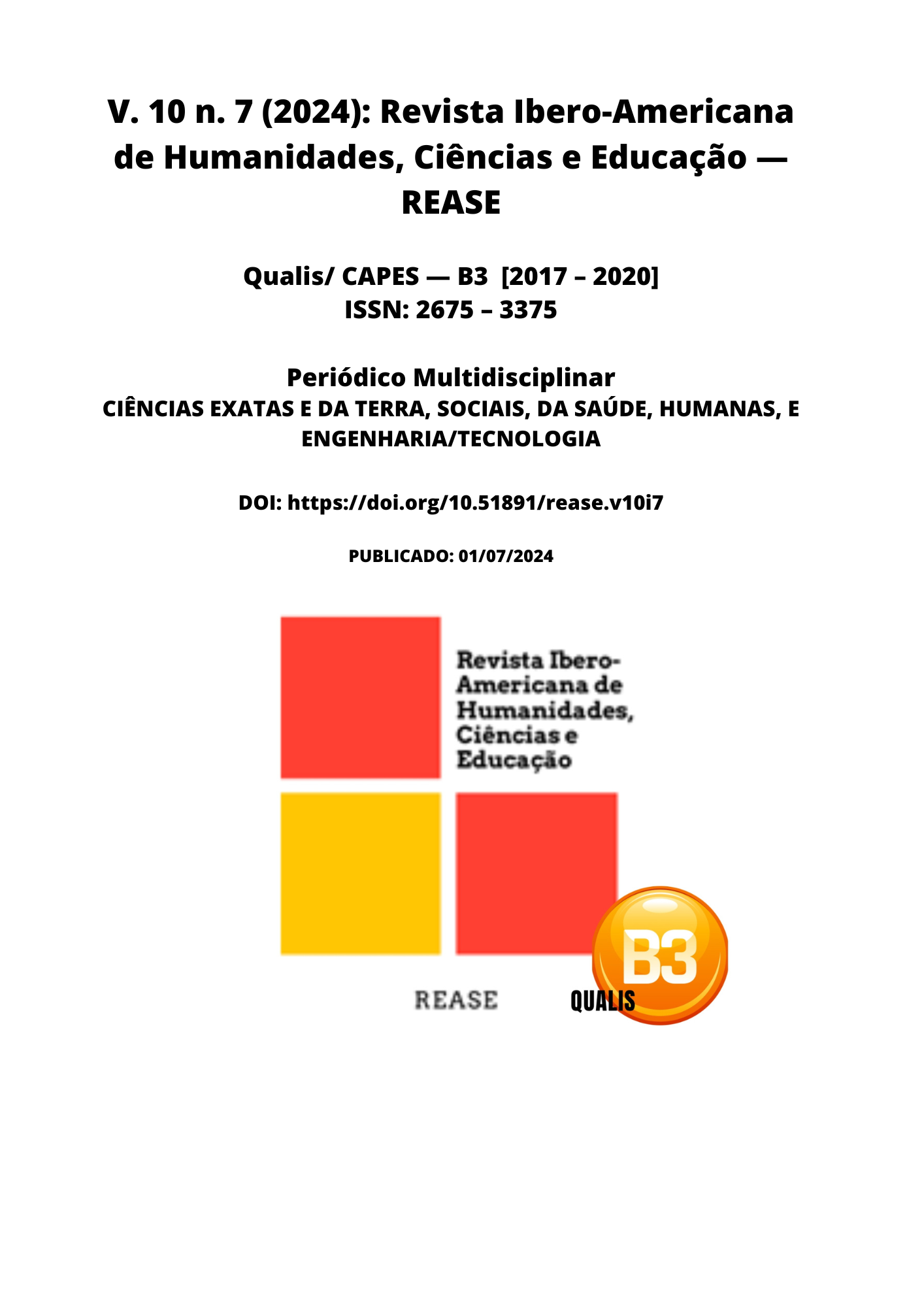QUALITY TOOLS AS A SOLUTION TO ELECTRICAL PROBLEMS IN THE INDUSTRY: CASE STUDY IN A COMPANY IN THE MANAUS INDUSTRIAL POLE
DOI:
https://doi.org/10.51891/rease.v10i7.14763Keywords:
Tools. Quality. Electrical problem.Abstract
The main objective of this work is to present the application of the main quality tools in the electrical sector. The type of research in this study is Descriptive and Applied. Descriptive, since it works with factual realities of a company in the Manaus Industrial Pole (PIM) and its fundamental characteristic is to present a correct interpretation of the problems raised. It is applied because it is characterized by its interest in the application, use and practical consequences of knowledge, especially because, after the bibliographical survey, there was a lack of literature regarding the proposed theme. The sample that was selected to analyze the problems (overload on lamps, non-working switches, electric shocks and high energy bills) detected in the electrical system in the months of April and May 2024 of the company under study. With this data in hand, a schedule was established to seek to improve the problems, and, based on this, the Ishikawa Diagram and 5W2H were used. The widespread application of the proposed tools will make it possible to systematically reduce the problem of high energy bills, eliminating waste without affecting the company's production level. Furthermore, the other problems highlighted can directly impact this economy, as it will not only add to issues relating to the company's electrical system, but will also impact the values of invoices.
Downloads
Downloads
Published
How to Cite
Issue
Section
Categories
License
Atribuição CC BY

